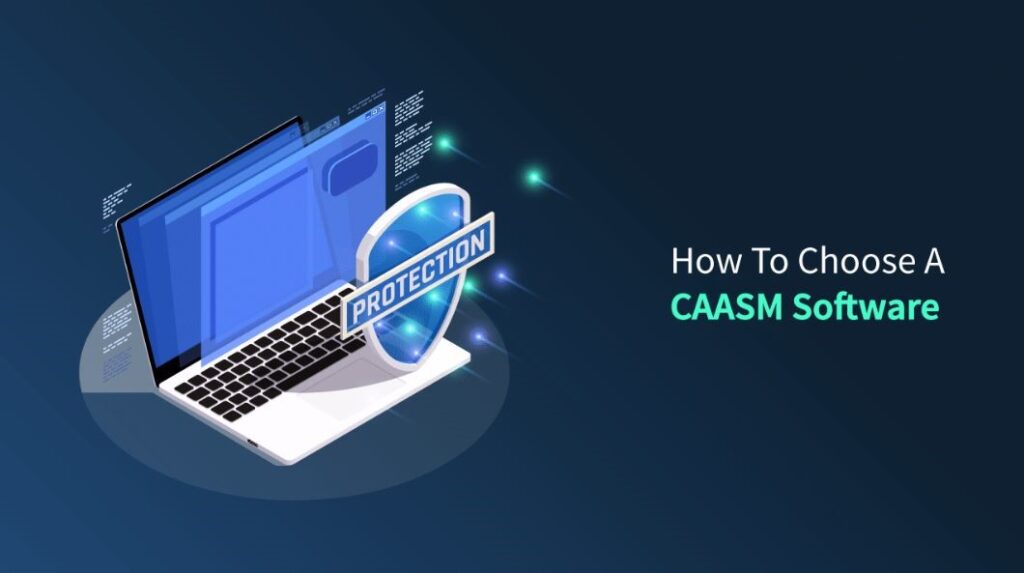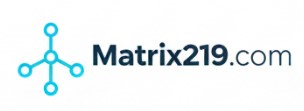In today’s fast-paced digital world, Cyber Asset Attack Surface Management (CAASM) has become a critical tool to ensure the security and stability of digital infrastructure. CAASM helps organizations track and assess their cyber assets to protect against threats and ensure compliance with security standards. This article explores the concept of CAASM, its importance, and key steps for effective implementation.
Cyber Asset Attack Surface Management (CAASM)
1. What is CAASM?
CAASM refers to the processes and tools organizations use to track and evaluate all digital assets related to IT and cybersecurity. These assets include devices, software, data, and network services that require continuous monitoring and protection.
2. Importance of CAASM
Effective CAASM enhances security by identifying vulnerabilities, assessing risks, and implementing preventive measures. It helps organizations maintain regulatory compliance and mitigate potential cyber threats.
3. Core Components of CAASM
A CAASM system comprises key components such as asset inventory databases, tracking and monitoring tools, risk assessment systems, and security auditing mechanisms. These elements work together to ensure comprehensive asset management.
4. Implementing CAASM in Organizations
Implementing CAASM requires a systematic approach:
- Creating a comprehensive inventory of all cyber assets.
- Utilizing tracking tools for continuous asset monitoring.
- Conducting risk assessments to detect vulnerabilities.
- Developing clear policies and procedures for asset control and auditing.
5. Benefits of CAASM
The advantages of CAASM include:
- Improved threat detection and response.
- Enhanced operational efficiency.
- Regulatory compliance assurance.
- Better change management and security updates.
- Reduced recovery time after cyber incidents.
6. Challenges & Solutions in CAASM
Organizations face challenges such as tracking multiple assets, adapting to evolving technology, and maintaining updated asset data. To overcome these obstacles, they should leverage advanced tracking tools, provide continuous employee training, and establish flexible security policies.
7. Popular CAASM Tools
Several tools help manage cyber assets, including:
- SolarWinds – Asset tracking and security analysis.
- ManageEngine – IT asset and vulnerability management.
- Tenable – Risk assessment and compliance management.
- Qualys – Automated security auditing and monitoring.

Conclusion
Cyber Asset Attack Surface Management (CAASM) is essential for securing digital infrastructure and protecting sensitive data. By effectively implementing CAASM, organizations can strengthen their defense against cyber threats and ensure compliance with security standards. Adopting best practices in CAASM management enhances both security and operational efficiency.
